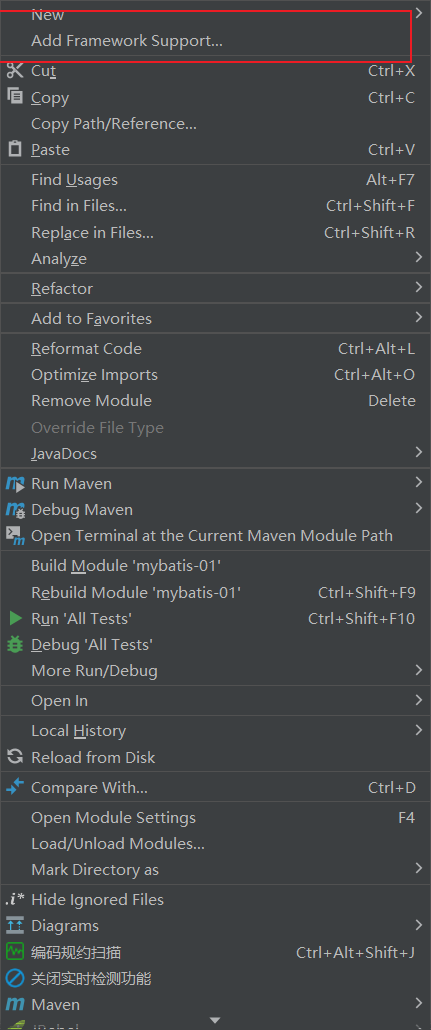初识SpringMVC
第一步:创建普通maven工程
第二步:导入所需依赖
1 | <dependency> |
第三步:添加web支持


第四步:在web.xml中配置DispatcherServlet
1 |
|
第五步:在资源路径下创建springmvc-servlet.xml配置文件,配置处理器映射器,处理器适配器,视图解析器
1 |
|
第六步:创建HelloController实现Controller接口,并注册,id为路径
1 | package com.lizhi.controller; |
第七步:在WEB-INF文件夹下创建jsp文件夹,在jsp文件夹中创建hello.jsp
1 | <%@ page contentType="text/html;charset=UTF-8" language="java" %> |
第八步:启动tomcat测试
使用注解开发
前四步如上
第五步:在springmvc-servlet中开启注解支持
1 |
|
第六步:创建Controller
1 | package com.lizhi.controller; |
第七步:在WEB-INF文件夹下创建jsp文件夹,在jsp文件夹中创建login.jsp
第八步:启动tomcat测试
如果出现404或者500错误可,尝试以下两种解决方案
- 在pom.xml中加入此段配置
1 | <!--在build中配置resources,来防止我们资源导出出现的问题--> |
- 在artifact中加入lib目录,并将所需jar包导入其中


